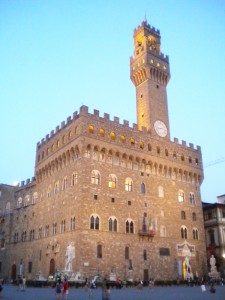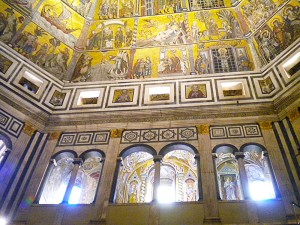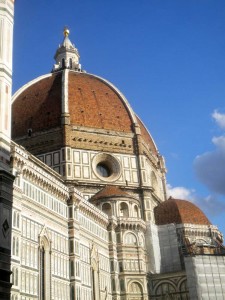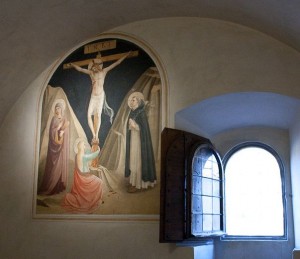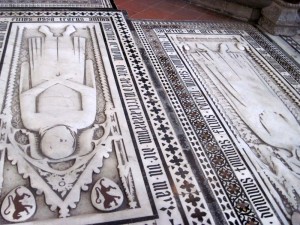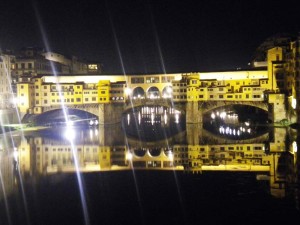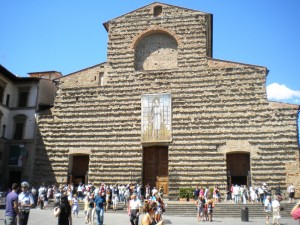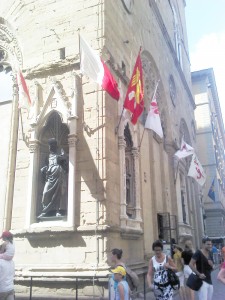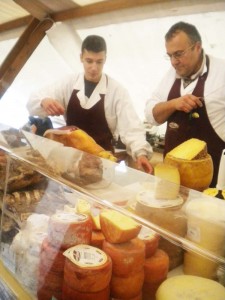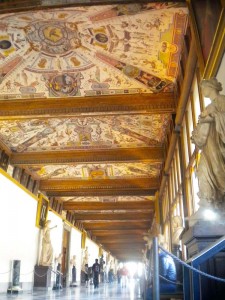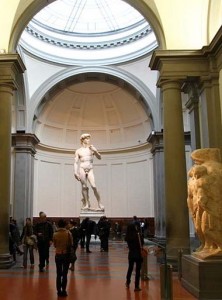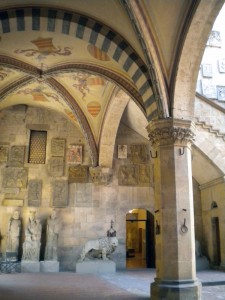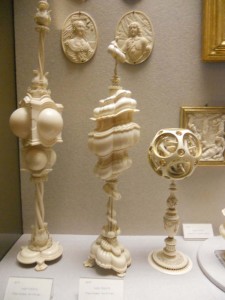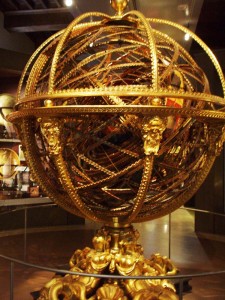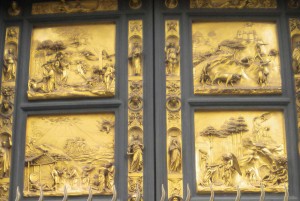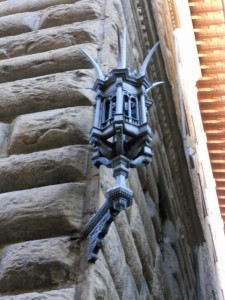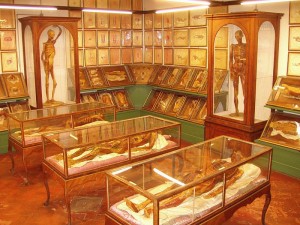A Food Map of Florence
The following map will help you find excellent gelato and food in Florence, guaranteeing that whether you’re hungry for a gourmet dinner, some quick pizza, or just delicious frozen treats, you’ll know exactly where to go.
I will not claim that these are the only good places in Florence, nor even that (among the restaurants) they are the very best, but they are all fabulous, and all affordable. If you eat at these places it will be delicious, you will be happy, and you will remember it for a very long time.
RED PINS indicate restaurants.
BLUE PINS indicate gelaterias.
Clicking on any pin will give you more information, including a brief description of what makes this restaurant special and delicious. Sadly, it may be necessary to drag the map or adjust it using the arrows to see the full blurb, however. Enjoy!


